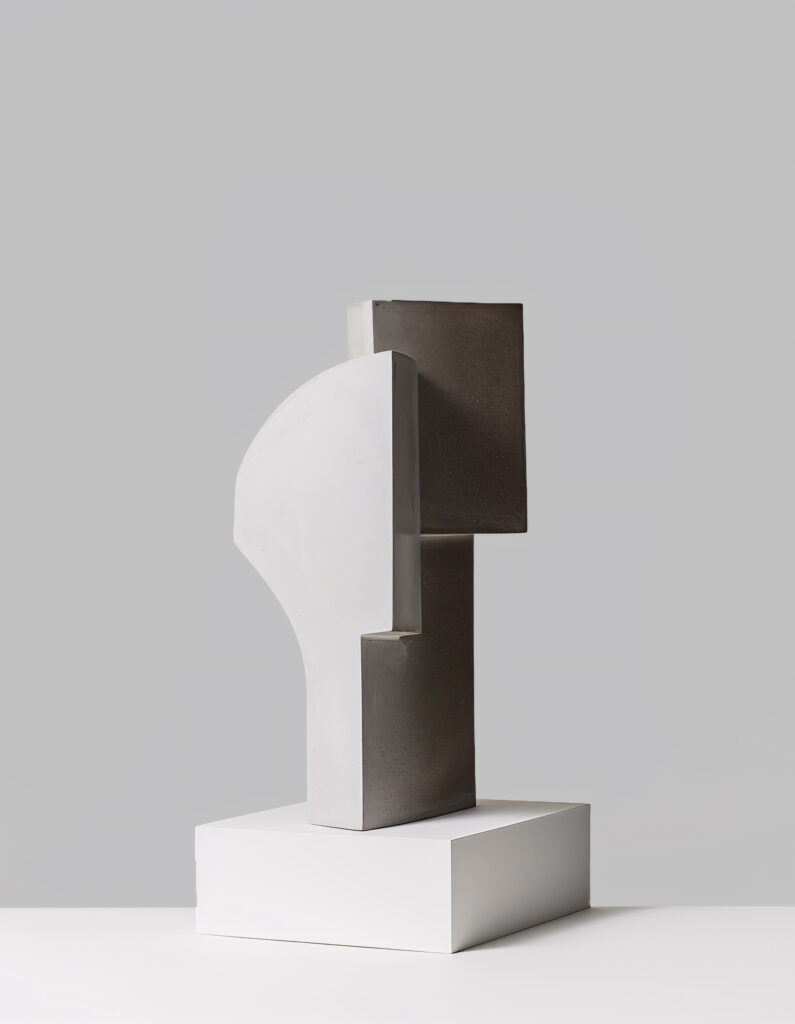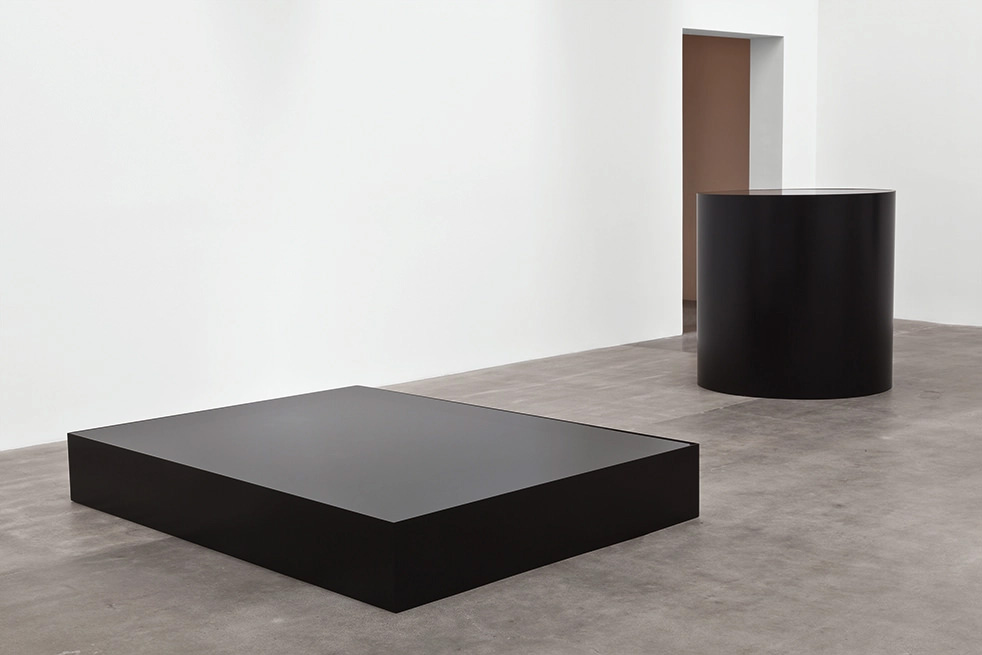I have always been fascinated by minimalist sculptures. Because, unlike a painting or photograph, a sculpture can be viewed from all angles. The way light, shadow, and perspective play with it can change the whole appearance and perception of it.
But what makes a minimalist sculpture aesthetic? Is it defined by rules? And how do artists manage to say so much with so little?
As usual, I don’t want to focus only on the Minimal Art movement. In this short essay, I would like to highlight all those who have a minimalist aesthetic and thus express as much as possible with as little as possible.
A brief historical exploration
Sculptures played an important role in human life for thousands of years. At first, they were mainly female figures and animal motifs, but over time they were used as representations and objects of worship for gods, people, and ideals of perfection.
However, this changed in the 20th century. It was a time of new ideas and styles, and Auguste Rodin was a key figure in this movement. His sculptures with their many broken surfaces ushered in a new era of sculpture. He broke away from the traditional ways of sculpting and explored new methods of representation.
Even artists like Pablo Picasso, who was not necessarily known for his sculptures, created hundreds of sculptures between 1909 and 1930 – and became a great inspiration for Futurists, Dadaists, and Constructivists with his abstract and reduced works.
Constantin Brâncuși strove for absolute simplicity in form. He is known above all for his ability to reduce the meaning of a sculpture to its essence. His best-known work is certainly “Bird in Space“. The sculpture is characterized by its unique abstraction and reduction, because instead of a real representation of a bird, it reflects Brâncuși’s profound interest in spirituality. The Swiss artist Alberto Giacometti, who lived in Paris at the same time as Brâncuși, also explored the essence of form in his abstract sculptures. Although he is best known today for his life-size figures, his earlier works are much more reduced and abstract in their expression. Giacometti always believed that the human form could best be represented by reducing it to its essential elements.


Many artists of the time were experimenting with new ways of depicting the world around them. This trend continued with artists such as Hans Arp, Jacques Lipchitz, Piet Mondrian and Wassily Kandinsky, who wanted to explore the relationship between form and color.
In the 1950s, the desire to give art a new meaning ultimately gave rise to the Minimal Art movement. Artists such as Donald Judd, Carl Andre or Tony Smith wanted their art to look like everyday objects rather than traditional sculptures. They used forms and materials normally found in factories. The best-known example of this are Donald Judd’s ‘Stacks’: In this series of objects, which he created between 1966 and 1970, Judd stacked a series of rectangular modules on top of each other on the wall, keeping consistent distances between each box.
The aesthetic of their minimalist sculptures reached its height in the 1960s and 1970s. In 1966, the Jewish Museum in New York City hosted an exhibition called “Primary Structures.” The exhibition was one of the first to really showcase the power and potential of minimalism in the art world. The exhibition featured a number of young, up-and-coming artists. Their work was simple, often made of industrial materials, to create art that was both visually arresting and deeply conceptual. For many viewers, the exhibition was a revelation, and it helped to shape the way that we think about art today.
In the 1970s, there was a surge in public art that garnered national attention for minimalist sculptors like Isamu Noguchi. Government agencies at the state and local levels created public sculpture parks that were particularly supportive of minimalist sculpture. Richard Serra, for example, wanted to continue developing the work of the “old fathers of minimalism” in his own way; his goal was to expand minimalism so that the preferred material could develop a new formal language. Many of his minimalist sculptures can still be seen today in public spaces.
But the movement emerged not only in America and Europe but also in Asia. In Japan and Korea, Mono-ha (literally meaning “School of Things”) emerged. Artists like Nobuo Sekine (fig. 3) and Lee Ufan, explored the encounter between natural and industrial materials, arranging them in mostly unaltered, ephemeral states¹ and placed, as Melussa Chiu (director of the Hirshhorn Museum and Sculpture Garden) so beautifully put it, “great emphasis on the authenticity of materials, a response to space, minimalist but not minimalist.“²

Final thoughts
What made minimalist sculptures so fascinating but also controversial at the time was that they required a new definition. They were to be defined not by what they were, but by what they were not. They were merely aesthetic objects, existing in a three-dimensional space.
Nowadays, more and more artists, as well as designers, are merging definitions and rules to create works that are both functional and sculptural. Moving away from the time when artists were interested in presenting a pure “idea” without any expressive content. Today, it is important to aesthetically enhance the space with sculpture.
In a world where we are constantly bombarded with images and stimuli, it can be refreshing to view a piece of art that is minimal in both form and content. By stripping away the unnecessary, minimalist sculptures force us to focus on the essentials, leading to a more profound appreciation of the beauty of simplicity.
If you’re as fascinated by the topic as I am, feel free to check out all articles on Aesence with the tag -> sculpture.
Further reading/sources
- https://en.wikipedia.org/wiki/Mono-ha
- https://www.artsy.net/article/artsy-editorial-minimalist-sculpture-good
About Exploring Aesthetics:
Sarah loves asking questions and exploring the things she engages with on a daily basis. Exploring aesthetics is her column which discusses art, design, and aesthetics to explore, inspire, and question the status quo.


